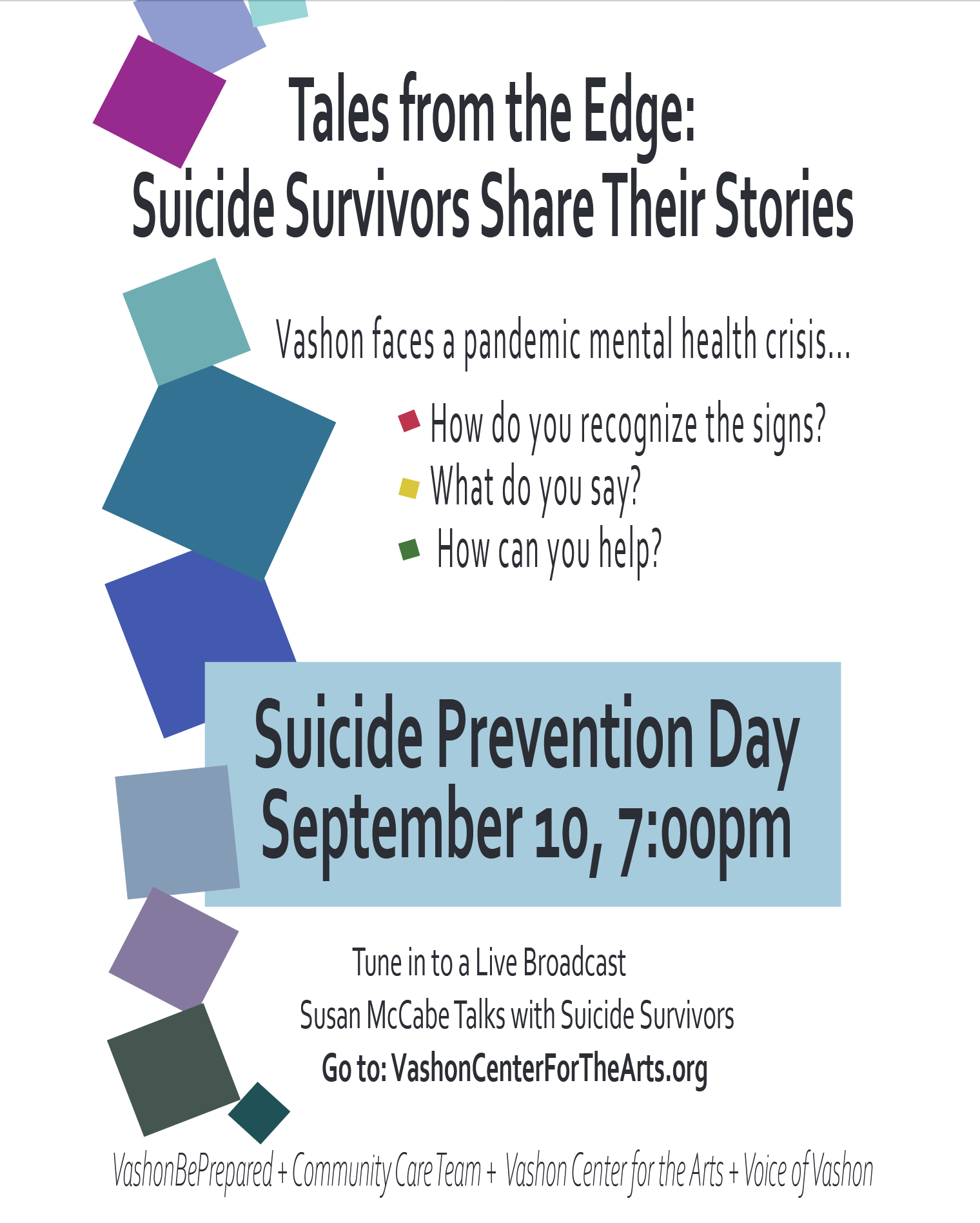In Memory of the 2011 Japanese Earthquake and Tsunami
- John Cornelison
- March 11, 2012
Table of Contents
 Just a brief note to commemorate those whose lives have been disrupted and lost by the Tōhoku disaster one year ago today.
Just a brief note to commemorate those whose lives have been disrupted and lost by the Tōhoku disaster one year ago today.
 Just a brief note to commemorate those whose lives have been disrupted and lost by the Tōhoku disaster one year ago today.
Just a brief note to commemorate those whose lives have been disrupted and lost by the Tōhoku disaster one year ago today.
 The American Red Cross (ARC) launched a newly designed website, ReadyRating.org, to help businesses, schools and other organizations better prepare for emergencies. The announcement was made at an event involving business, education and government leaders at Red Cross national headquarters in Washington DC. Ready Rating™ is a free, self-paced, web-based membership program that helps a business or school measure how ready they are to deal with emergencies, and gives customized feedback on how they can improve their efforts. Schools and businesses may face a number of emergencies that could disrupt their operations, ranging from natural disasters such as hurricanes and floods to outbreaks of illness such as the flu. The Ready Rating Program can help them feel more confident about the safety of their employees or students. See the ARC press release for more information.
The American Red Cross (ARC) launched a newly designed website, ReadyRating.org, to help businesses, schools and other organizations better prepare for emergencies. The announcement was made at an event involving business, education and government leaders at Red Cross national headquarters in Washington DC. Ready Rating™ is a free, self-paced, web-based membership program that helps a business or school measure how ready they are to deal with emergencies, and gives customized feedback on how they can improve their efforts. Schools and businesses may face a number of emergencies that could disrupt their operations, ranging from natural disasters such as hurricanes and floods to outbreaks of illness such as the flu. The Ready Rating Program can help them feel more confident about the safety of their employees or students. See the ARC press release for more information.
 The recent August 24, 2014 earthquake outside of Napa, California again demonstrated the seismic risk posed by a building’s nonstructural components. In general, the components of a building’s structural system that support the building and keep it standing—the frame, walls, and roof—performed very well in the Napa Valley earthquake. However, the nonstructural components of a building—the cladding, interior walls, ceilings, utilities, and contents – were responsible for more than 90 percent of the damage.
The recent August 24, 2014 earthquake outside of Napa, California again demonstrated the seismic risk posed by a building’s nonstructural components. In general, the components of a building’s structural system that support the building and keep it standing—the frame, walls, and roof—performed very well in the Napa Valley earthquake. However, the nonstructural components of a building—the cladding, interior walls, ceilings, utilities, and contents – were responsible for more than 90 percent of the damage.
 The Double Disaster: When the pandemic struck, it quickly became clear that our island community faced two emergencies. First, there was the need to fight the disease, help people understand how to keep themselves and their families safe. Second, our community was being hit by a devastating economic and emotional disaster.
The Double Disaster: When the pandemic struck, it quickly became clear that our island community faced two emergencies. First, there was the need to fight the disease, help people understand how to keep themselves and their families safe. Second, our community was being hit by a devastating economic and emotional disaster.
Islanders at Emotional Risk: At peak, a quarter of all Vashon workers had applied for unemployment benefits. A Chamber of Commerce survey showed that 40% of our businesses went dark. Schools sent kids home. Hundreds of families are worrying about getting enough food, keeping a home, and making choices between safety and essential work paychecks. Isolated seniors are descending into loneliness and depression. Island social service agencies are seeing increased substance abuse and household violence.
